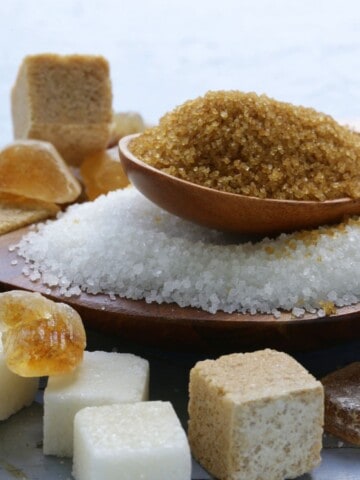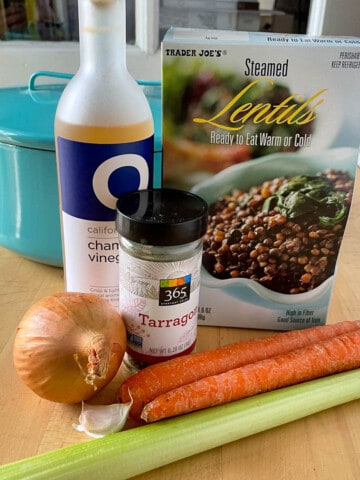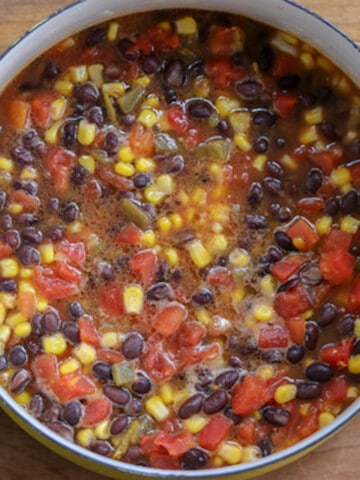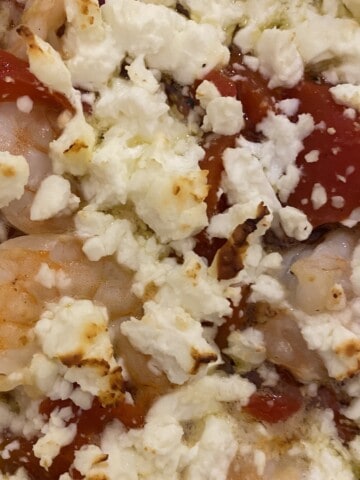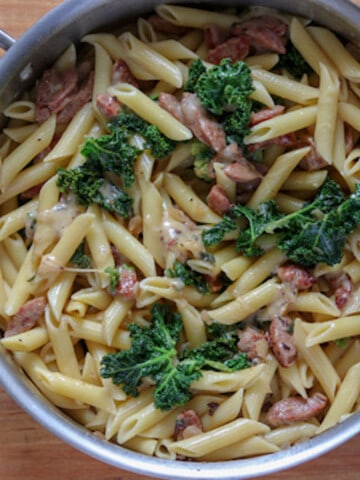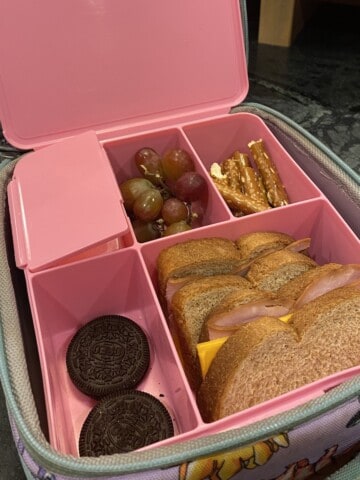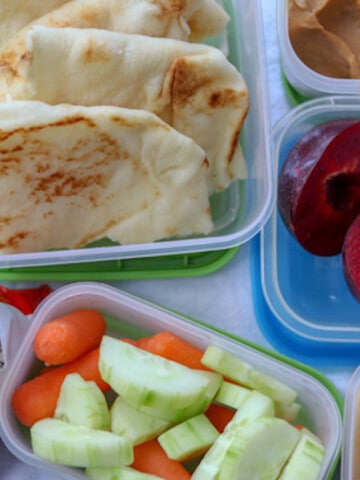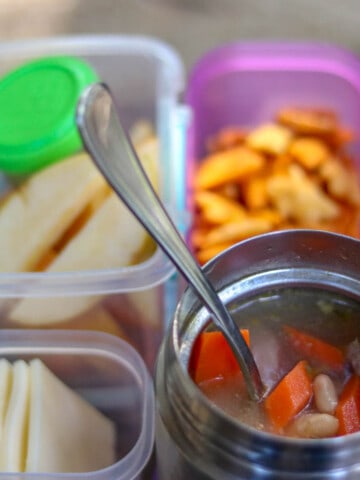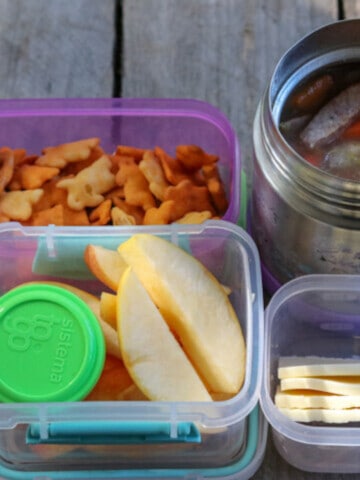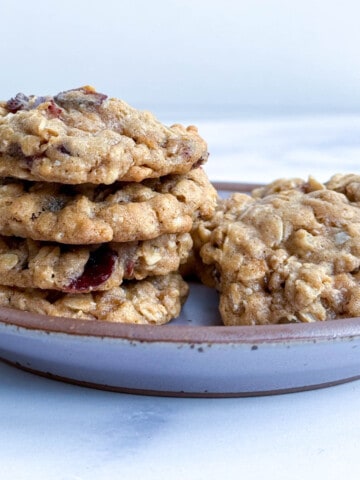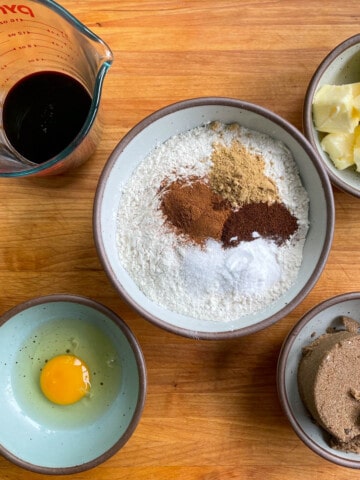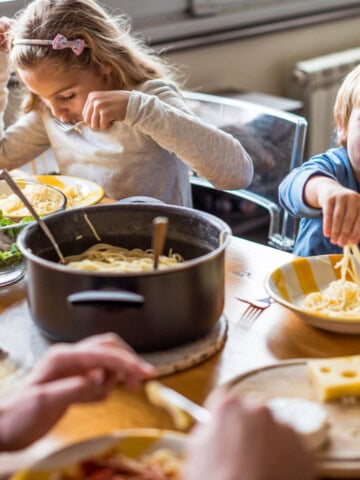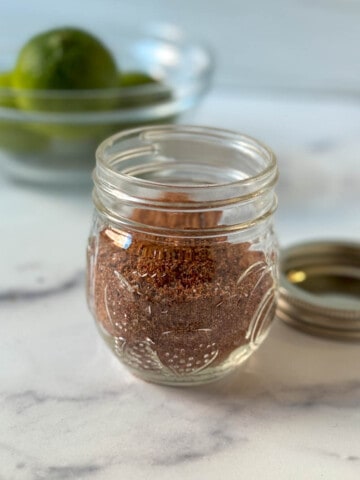Diet-Free Parenting, Tips to Support Picky Eaters & Easy Recipes
Are you looking for sound, practical nutrition and cooking information? Do you want to opt out of diet culture and embrace easy, simple recipes? Are you looking for support for you and your picky eater? Do you want to be empowered to foster healthy relationships with food in your home?
If so, then you've come to the right place!
Diet-Free Parenting
Looking for support in feeding your family in a diet-free way?
See more diet-free parenting posts →
Easy Dinners
Simple, weeknight meals to get dinner on the table, fast.
See more easy dinner recipes →

Meet Anna and Elizabeth
We are two moms who are also Registered Dietitians and child-feeding experts. We are passionate about keeping diet culture out of parenting and supporting other parents to make food simple and stress-free.
What to Pack for Lunch
Packing lunches for school or work can be exhausting. Check out our recipes, ideas, and simple solutions to take the frustration out of packing lunches.
See more lunch packing posts →
Desserts
Desserts for special occasions or just because.
See more desserts recipes →
Recently Published
Check out our latest blog posts and recipes.
Recently Updated
We are always keeping our recipes and articles up to date. Here are the latest that have been updated.
As featured in



